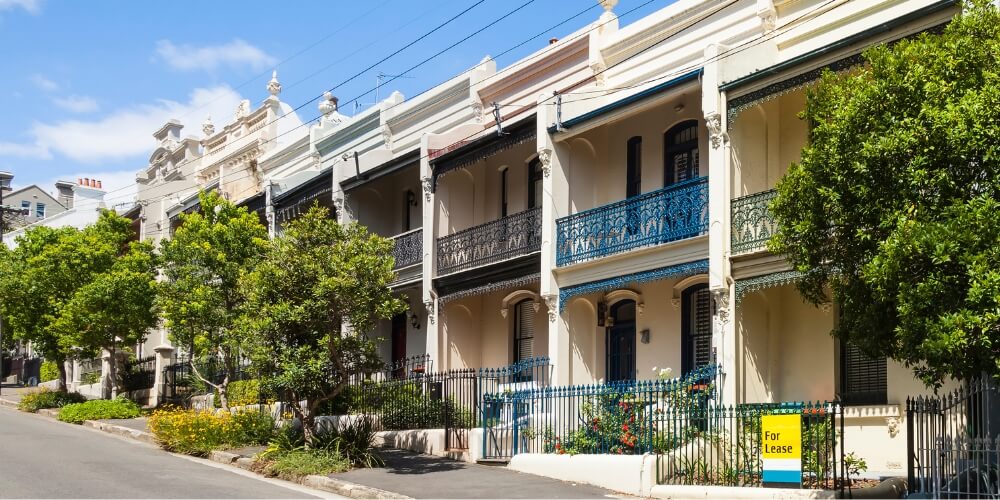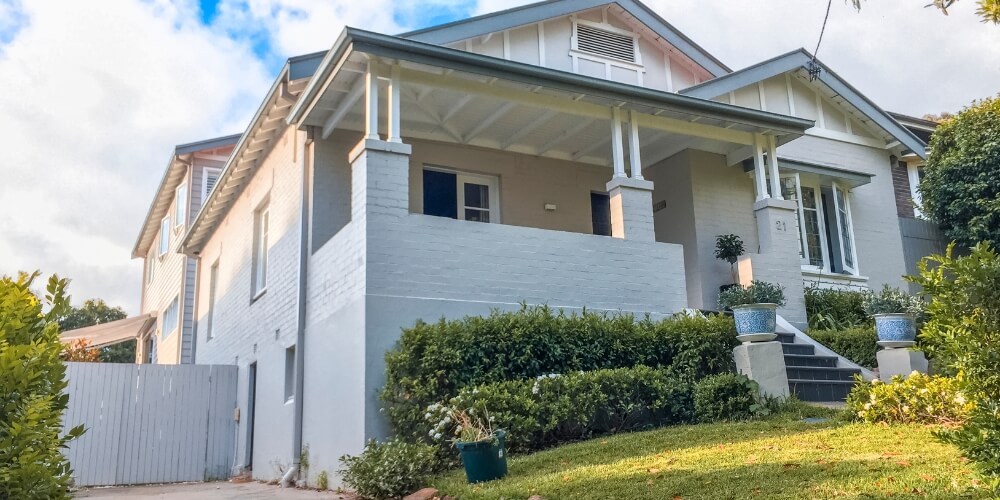
Sydney’s property market is showing no signs of slowing down in 2024. A 10.6% growth in prices over the past 12 months along with month-on-month increases into the year mean that all signs are pointing to a mammoth year, with even bigger price points.
This means that those looking to get into the property market; whether for housing or investment, are now facing higher-than-ever financial barriers to entry. In light of this, a unique strategy is now resurfacing among potential buyers — rentvesting.
Although, rentvesting is nothing new. Investors have long bought properties for the purpose of rentvesting. The biggest difference is the name.
This article will provide an overview of what is involved in rentvesting, what it is best used for, and expert tips on how you can make use of it to gain easy entry into the property market.
What is rentvesting?
It doesn’t take much to work out that rentvesting refers to ‘rent and ‘investing’. Essentially, rentvesting is a property investment strategy where investors choose to rent a property to live in, while channelling their finances toward buying an investment property that they can afford to buy.
It is an especially popular strategy for city-dwellers who are unable to meet the soaring prices of inner-city properties, but still want a way to live in the area, while owning a property elsewhere.
How long has rentvesting been around for?
It may surprise you to know that the concept of rentvesting, while extremely fitting for Sydney’s current property market and rising cost of living, is not a new invention. In fact, while the term itself gained traction in the last decade, the strategy has been around for many years before.
The key takeaway is that rentvesting is a tried and tested method that can work to the advantage of investors, but only if it’s done right.

Difference between rentvesting and other investments
Let’s take a step back and look at the viability of rentvesting when compared to other types of investments. What makes rentvesting special?
As a type of property investment, rentvesting gives you a tangible investment that you can hold and see with your own eyes, unlike stocks or bonds which are more abstract in nature. This is a big draw for many investors — ownership of the physical property means that you’ll be able to more clearly judge its condition.
Another advantage is the passive stream of income that comes from rental arrangements, as well as the potential for value appreciation over time.
However, this also makes rentvesting a less liquid asset — property assets are more difficult to sell quickly if the need for more flexible finances arises.
In addition, the upfront cost of rentvesting is higher than that of other investment types, considering that investors will not only have to pay for the deposit of the property but also make continual repayments on a mortgage.
How safe is rentvesting in the Sydney property market?
Like any type of investment, there are always risks involved. Rental income can be a considerable source of return on investment, but finding renters isn’t always guaranteed. There’s also the potential for renters to be problematic and not take care of the property, which may affect its overall value or incur additional expenses for repairs.
However, being unable to cover the cost of owning the property with rental income comes with its own set of benefits. In such cases, the property is considered to be negatively geared, which awards attractive tax benefits for investors.
Things to consider when rentvesting in Sydney

Ineligibility for the first home owner grant:
NSW’s first home owner grant requires eligible buyers to live in the purchased property for at least 6 -12 continuous months. Living elsehwere, rentvestors will not have access to this grant.
The difference in urban and regional property prices:
As of March 2024, data from CoreLogic showed that median property prices within Sydney’s metropolitan areas were at $1,128,155 — almost double that of the median regional property prices at $719,032. Sinking funds into an expensive city property will be a huge drain on finances. Rentvesting in a regional property will be significantly more approachable and sustainable, especially if you lack the funds for a million dollar mortgage.
Variance in potential growth:
Although it’s generally agreed upon that property investments will appreciate in value over time, growth is not always guaranteed. When rentvesting, it’s important to manage expectations on how quickly you can expect to see returns on property, especially if located in a remote area.
How to minimise your investment risk when rentvesting
Rentvesting follows very similar rules to property investment when it comes to minimising risk:
- Diversify your investment portfolio — Putting all your eggs in one basket will only increase the amount of risk your investments will face. Consider adding different types of properties across other areas to ensure that your overall returns are more stable.
- Take time to conduct market research — Property growth is significantly impacted by the local market they reside in, as well as the state of the surrounding areas. Don’t rush into rentvesting; take the time to determine if the environment around a property will boost its growth in the future.
- Opt for fixed-rate loans — Having more manageable loans can help you plan ahead when rentvesting. Knowing the exact amount of repayments you need to make will enable you to set aside finances for it in case of unexpected circumstances like rent raises on your city accommodation.
If you’re considering rentvesting as a way to get started in Sydney’s booming property market, but are not sure where to begin, a buyer’s agent can help provide the insight and expertise to find regional properties with high growth potential on your behalf. Aus Property Professionals is Sydney’s leading buyer’s agent — with our in-depth knowledge of Sydney’s regional real estate market, our team will assist you in creating a rentvesting strategy that meets your financial goals and needs.

